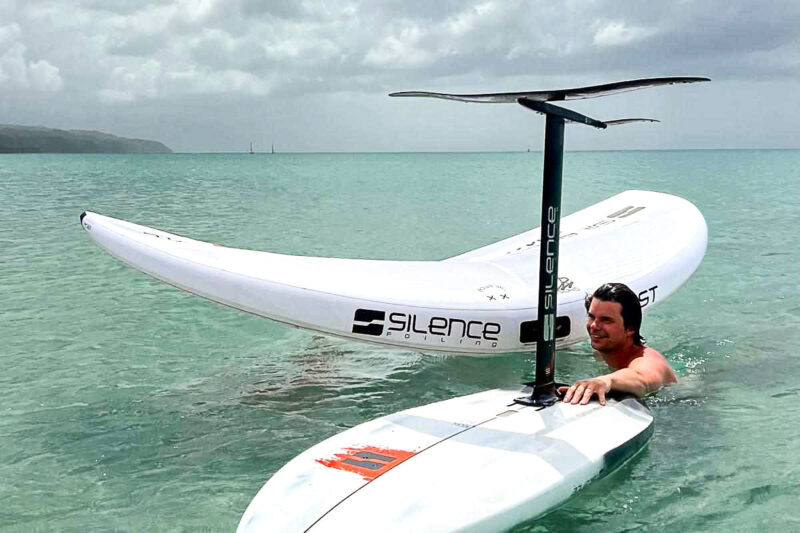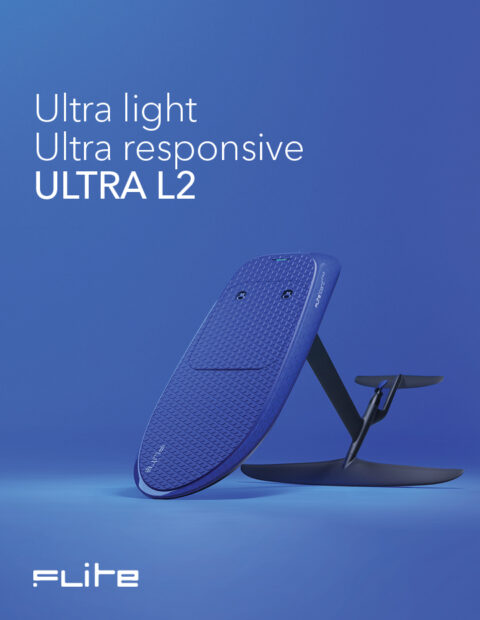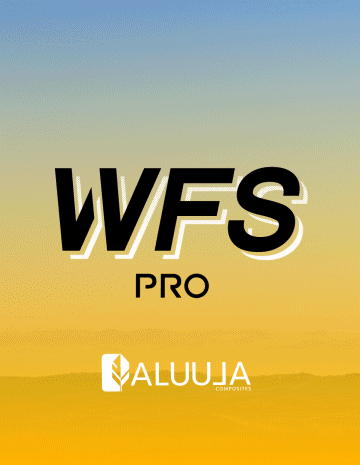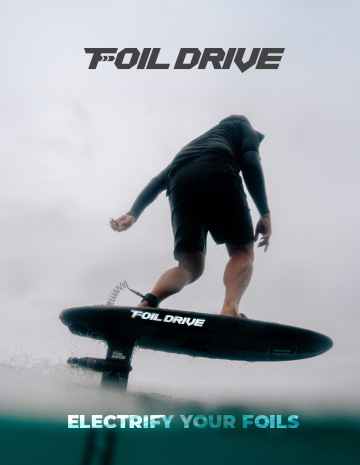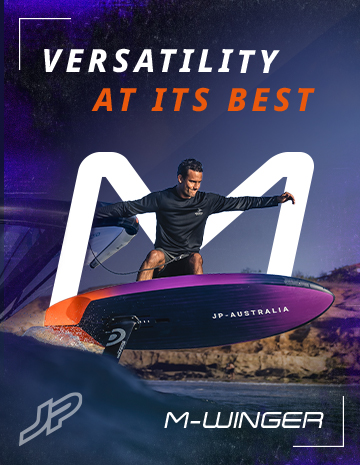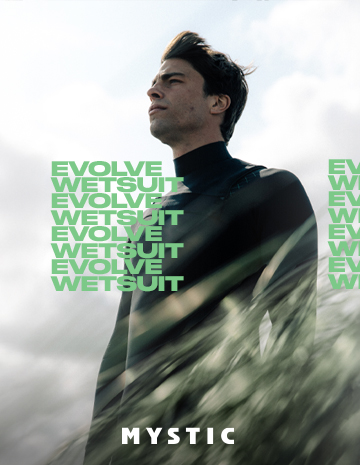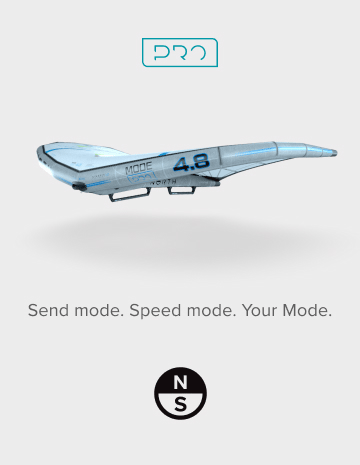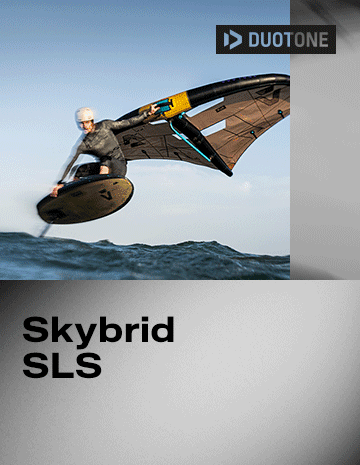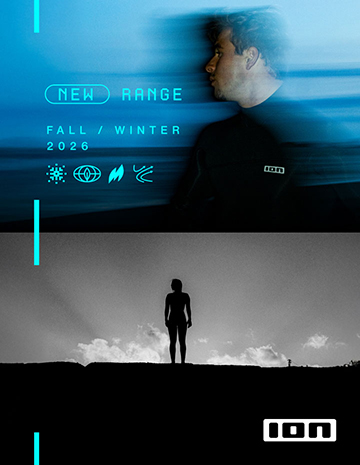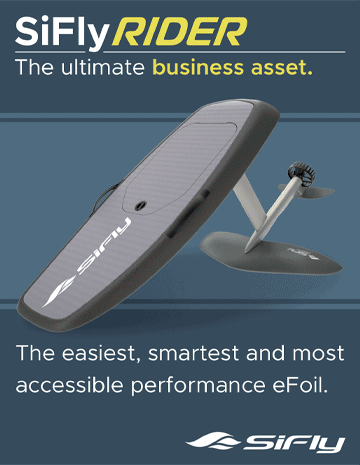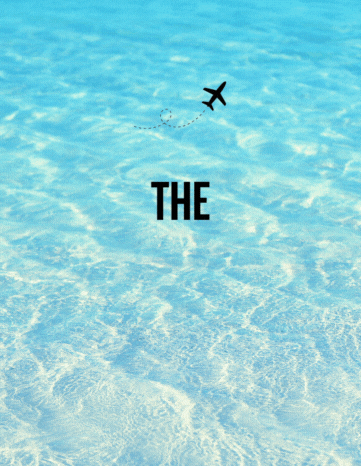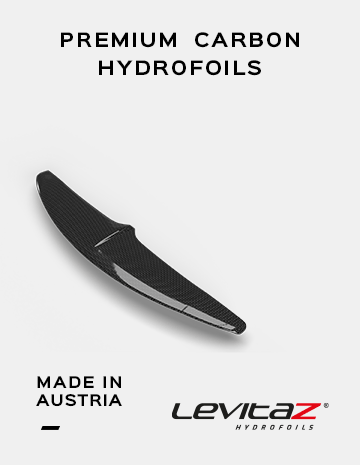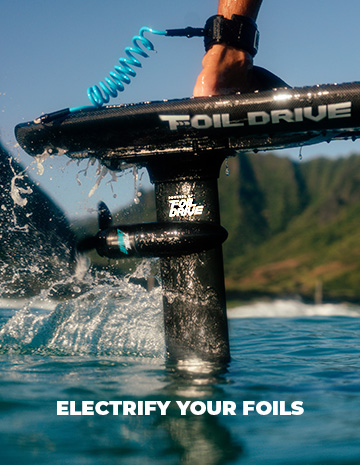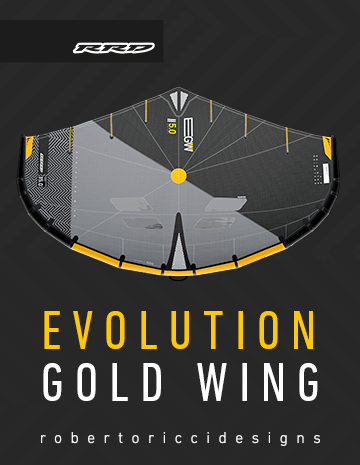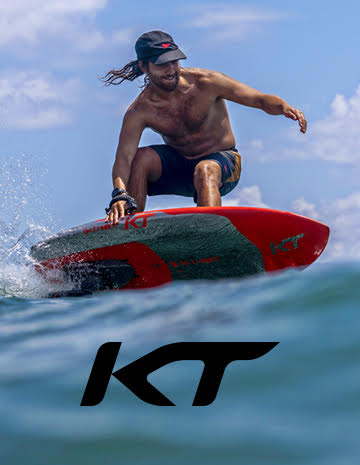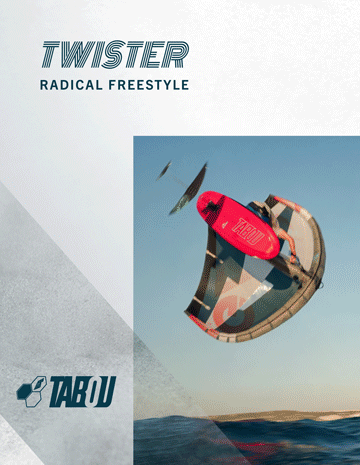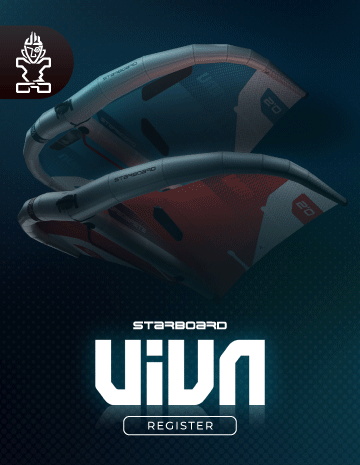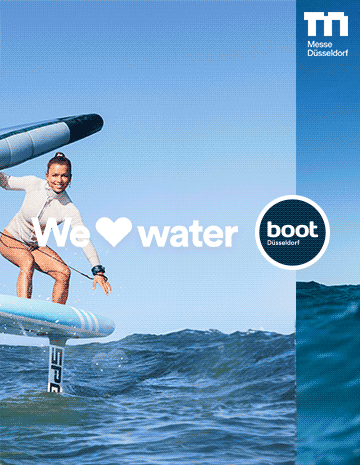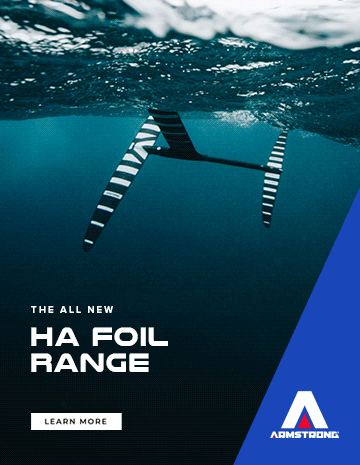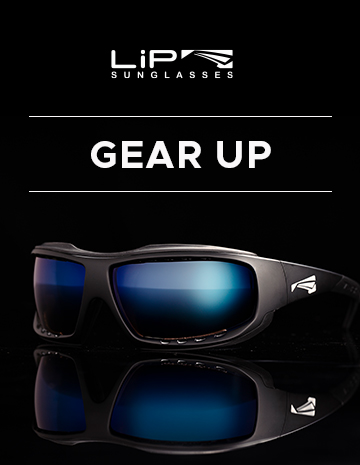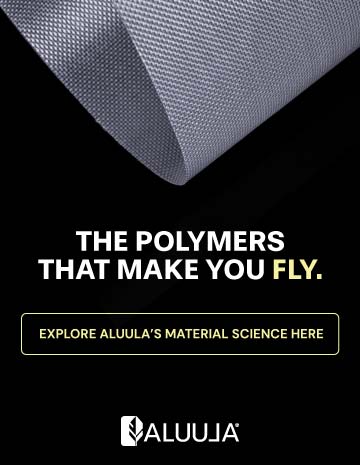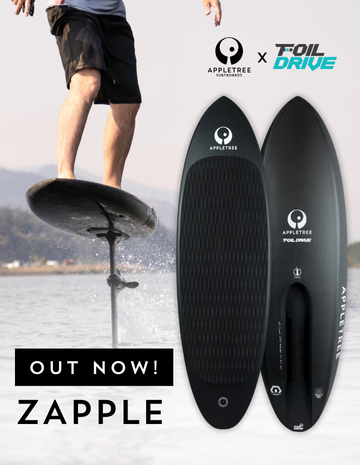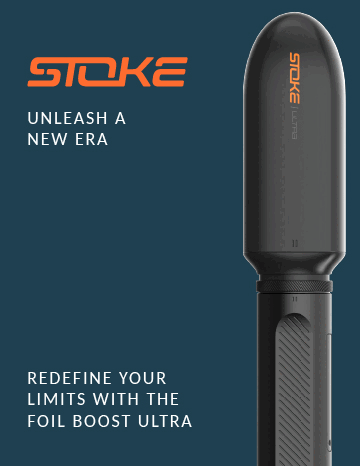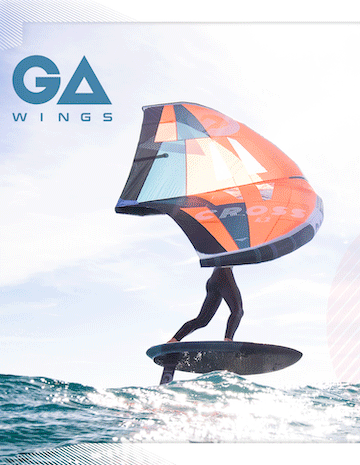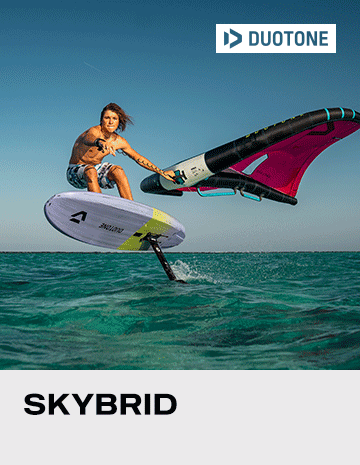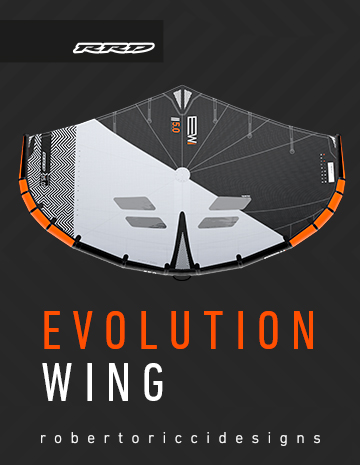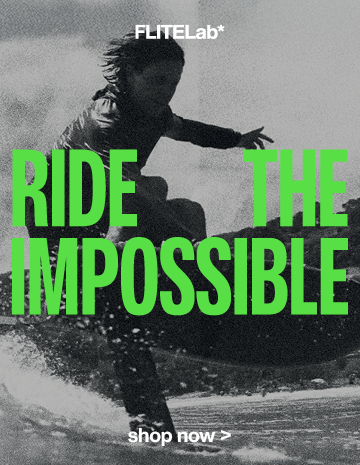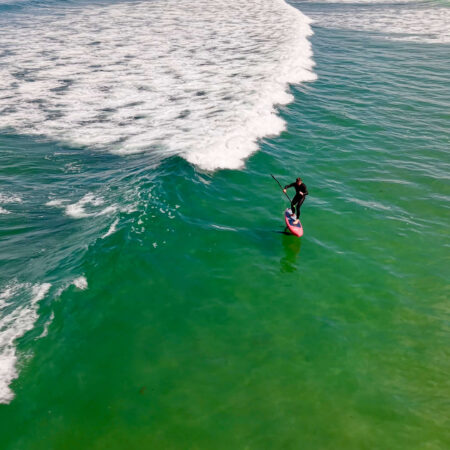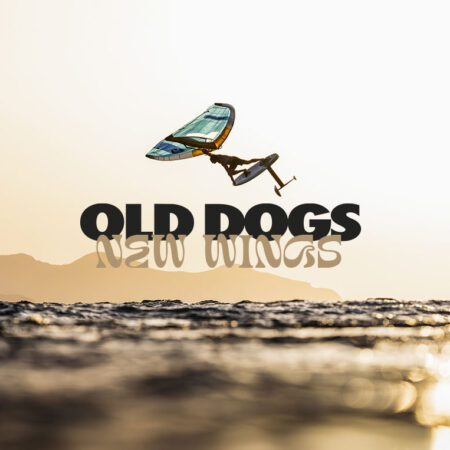Silence Foiling
You may or may not have heard of the relatively new brand, Silence Foiling – as the name suggests, they’re a stealthy bunch.
But they have deep roots in the European wind and water sport scene, a coherent strategy that chimes with current consumer vales, such as sustainability, and a passion for producing high quality and performant products. So there’s every chance you’re going to hear a lot more about them in the coming months. We approached founder Teiva Cantiran for some deeper insights…
Hi Teiva. Silence are a relatively new brand but you have pretty established roots in the foil world right? Please tell us how the brand came about initially…
Yes, absolutely – Silence Foiling is a young brand, but it’s built on solid foundations. The idea came after more than ten years of designing windsurfing sails, sailing equipment, and other water sports gear. When wingfoiling emerged, I saw it as an incredible playground – a young discipline, full of potential, with everything still to invent. In just five years, we’ve already seen several distinct practices appear and a fast specialization of the gear.
I’m not saying that’s a bad thing – but with too much fragmentation, we risk losing the original simplicity of the sport, that pure feeling of glide and the lifestyle that comes with it. Silence Foiling was born from that reflection: to offer gear that is beautiful, well-designed, high-performing, but also durable, simple, and efficient. It’s not just another brand – it’s a personal vision of what foiling can bring: freedom, flow, and pure joy on the water.
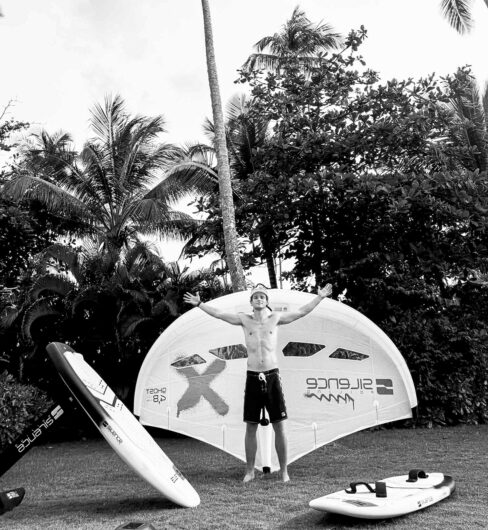
Who were the key people involved in getting things off the ground, and what backgrounds did they bring to the table?
Silence Foiling is the result of a partnership between three individuals with complementary roles. I’m the founder of the brand and the lead designer of our products. My background in windsurf sail design, combined with my experience as a multisport rider, plays a central role in shaping the brand’s vision and the technical development of the range. Alongside me is Christophe Defrance, founder of the brands Redwoodpaddle and PWR Foil. He brings extensive experience in brand creation, as well as strong commercial and logistical expertise. Finally, a key industrial partner enables us to produce our equipment in our own factories in Tunisia. For nearly two years, we’ve been working together to set up dedicated production lines for boardsports, particularly wingfoiling.
The fusion of these three profiles gives Silence Foiling strong legitimacy, real autonomy, and solid development capabilities. It also allows us to bring production closer to the European market while maintaining full control over our manufacturing chain.
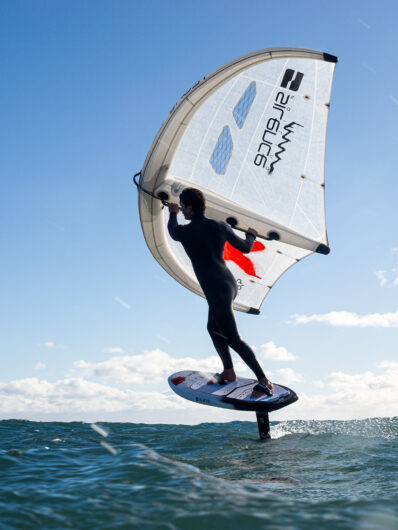
Were there any significant challenges you had to face initially?
Launching a brand from the ground up is never easy – it requires real commitment, both personally and financially. From the very beginning, we set a clear priority: the product comes first. We dedicated a lot of time and energy to development, making sure our wings, foils, and boards were top-notch right from launch. The process was long, with multiple phases of design, field testing, feedback, and fine-tuning.
Another major challenge was setting up the production tools, especially in our factories in Tunisia. We had to transfer highly specific know-how related to the manufacturing of technical wingfoil products. The operators had to learn new techniques, work with demanding materials, and understand the small details that make a big difference.
It’s deep work – one that takes time, education, and a lot of precision.
We understand you are big believers in gear that’s made to last. How would you describe your design philosophy, and what sets your gear apart from the competition?
Our goal is to offer gear that’s both durable and high-performing. Today, within a wingfoil quiver, the wing is typically the component that wears out the fastest – so that’s where we focused our efforts from the start.
With our Leading Edge Patented Technology, we developed a unique design that preserves the wing’s shape over time while making it easier to repair. This technical approach also allows us to continue using Dacron – a proven, reliable fabric – while increasing wing stiffness by nearly 30%. The result: performance comparable to top-tier wings that are using more exotic (and often far more expensive) materials.
I’m not trying to follow trends or do what everyone else is doing. The idea is to stay connected to what riders actually need on the water, without unnecessary compromise. We want gear that’s well-designed, efficient, dependable – and fairly priced.
Whereabouts are you based, and how do you factor your R&D into your location?
We’re based in Canet-en-Roussillon, in the south of France – an ideal spot for developing wingfoil gear. It’s where we build many of our prototypes – wings, foil parts, and boards – especially for projects that require extensive fine-tuning. Prototyping locally allows us to be more responsive, more precise, and to maintain real control over every stage of development. We’re lucky to have access to very diverse conditions, with a variety of winds and water states – which is a huge asset when testing our gear across a wide range of scenarios.
Lastly, we test our products with a broad panel of riders: pros, highly skilled riders, and also beginners. For us, it’s essential to validate our gear with different user profiles – to make sure we’re offering equipment that’s both high-performance and accessible.
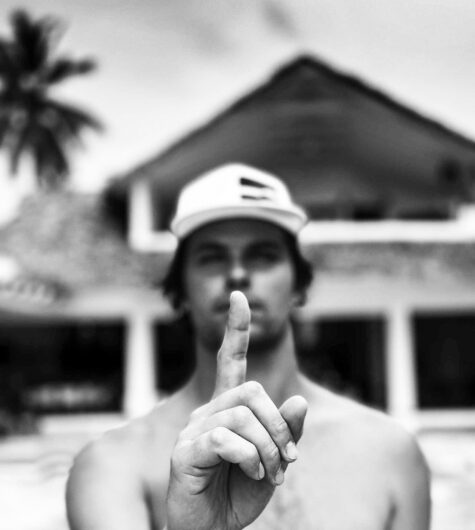
So how do you balance a push for innovation with rider feedback in your R&D process?
Finding the right balance between innovation and rider feedback is really a matter of common sense and careful listening. We receive a lot of input, but it’s important to filter through it – to identify what’s truly relevant, what keeps coming up, and what might be more subjective. From there, we try to extract clear trends, areas to improve or confirm, and then we make decisions based on our product vision.
That said, when a design is good, you feel it right away. There’s a kind of obviousness that comes through in testing – whether it’s in the feel or in the versatility of the product. When it comes to innovation, the process is longer. It often involves multiple iterations, technical tweaks, and validation in real-world conditions. But once again, rider feedback remains a crucial compass – as long as we stay focused on the direction we want to take.
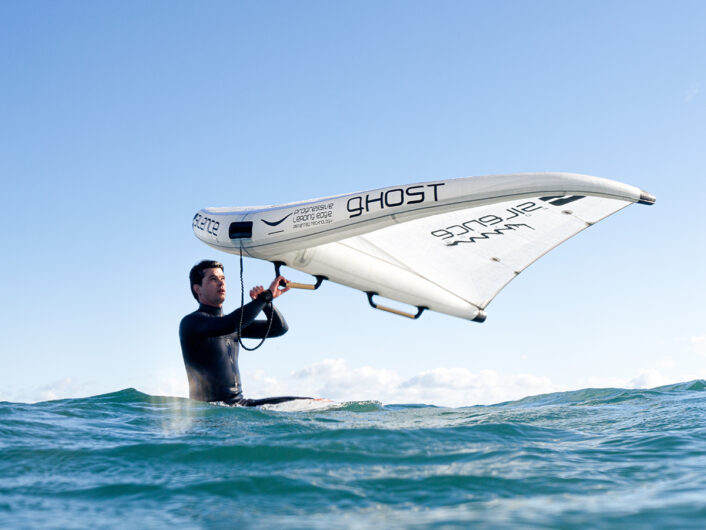
You’re a brand that’s also very aware of its environmental responsibilities – what are you doing to offset some of the environmental downsides of wing production.
Yes, this is a topic that really matters to us, and we take it into account at every stage of our development. Our vision of performance also includes durability: a product that lasts longer means fewer resources consumed, less waste, and thus a reduced environmental impact. For example, with our wind wings, the choice of the “natural” white fabric is not incidental: it helps reduce the carbon footprint by about 30% compared to colored fabrics, simply because it requires fewer chemical treatments. We also made the strategic choice to produce as much as possible in our own factories in Tunisia. This gives us true control over quality, while also reducing intercontinental transport early in the supply chain, long before the product reaches the shops. Finally, for us, living and breathing the glide, respecting nature is a given. We want to do things the right way, with clarity, and continue to make progress in this area as well.
Take us through one of your key products, and can you give us any sneaky intel on anything you have coming up?
Our flagship product is undoubtedly our Ghost wing, which stands out from other wings on the market thanks to its innovative design, particularly with our Leading Edge Patented Technology. This technology improves the rigidity of the wing by about 30%, while providing a more progressive and controlled deformation of the leading edge. The result is better longevity, enhanced shape retention, and an ultra-smooth feel. The wing is also very easy to control, making it accessible and enjoyable for riders of all levels.
It is truly a technical revolution in the world of wingfoiling, and it represents the vision we have for the future of the sport: combining innovation, performance, and simplicity for an unparalleled gliding experience.
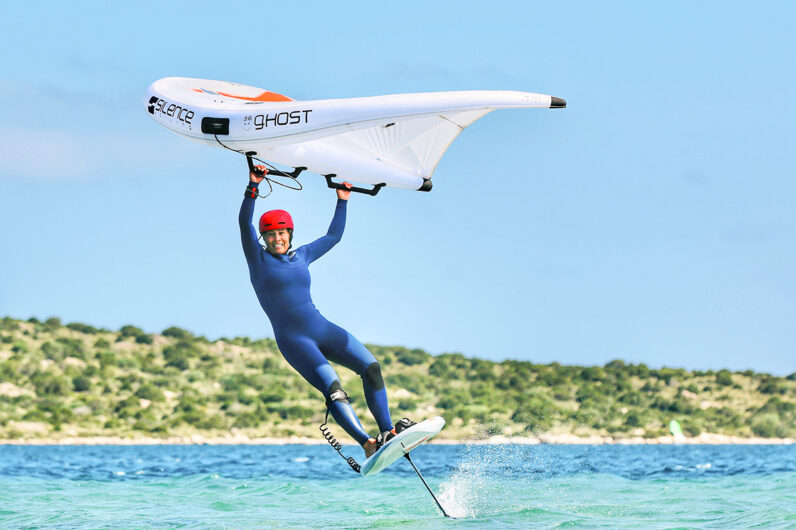
And finally, what’s your take on the direction wingfoiling is headed, and how do you picture yourselves in that future?
I’m convinced that wingfoiling still has plenty of surprises in store for us, and many aspects of the sport will continue to evolve and improve. Technical advancements, new practices, and innovation will surely be part of the future.
However, I hope that riders will retain their genuine connection with the elements, keeping that cool, simple vibe of gliding, which is the core essence of the sport. It's important to preserve this dimension, even as equipment and techniques evolve. As manufacturers, our role is to lead the way, supporting this evolution while staying true to the values of freedom and simplicity that make wingfoiling such a unique sport.
































